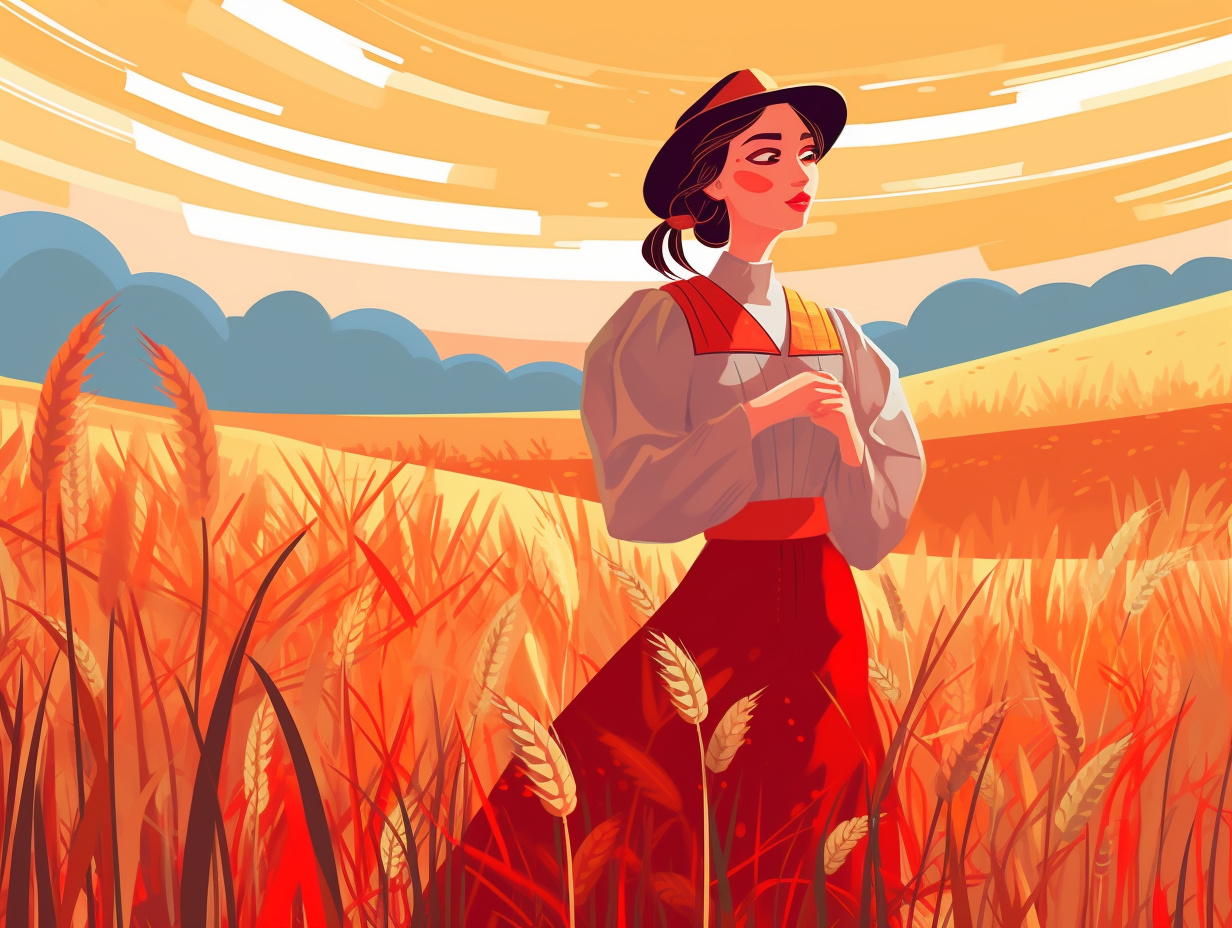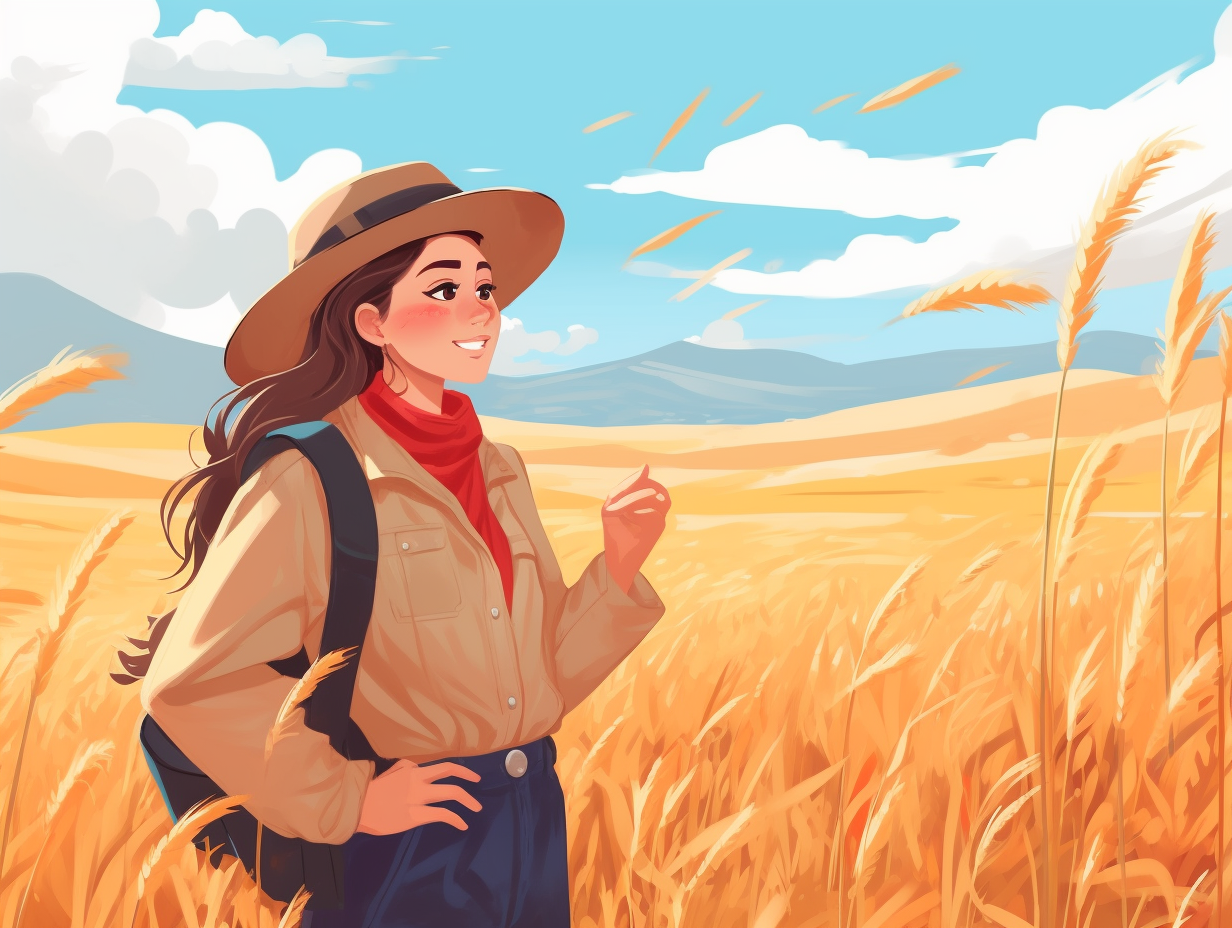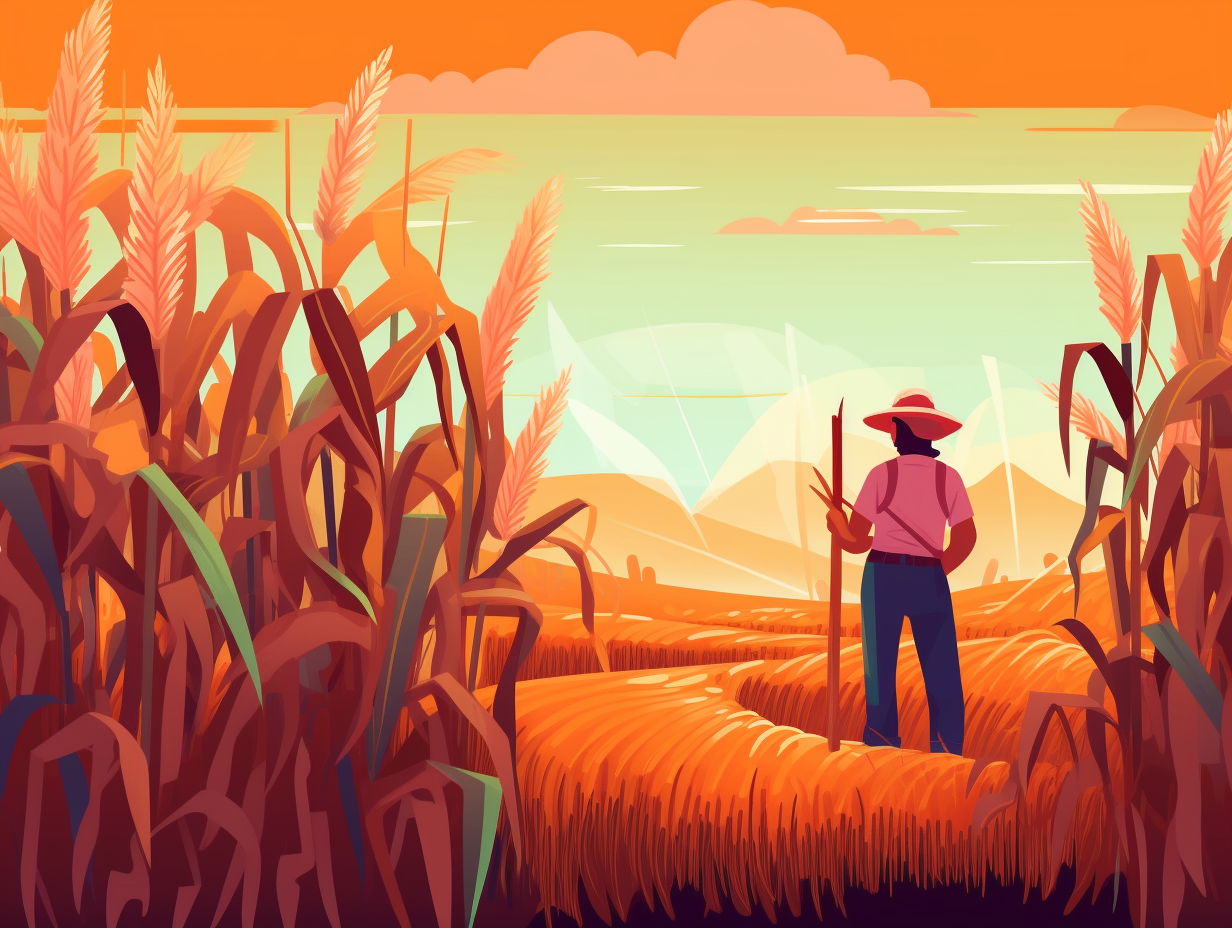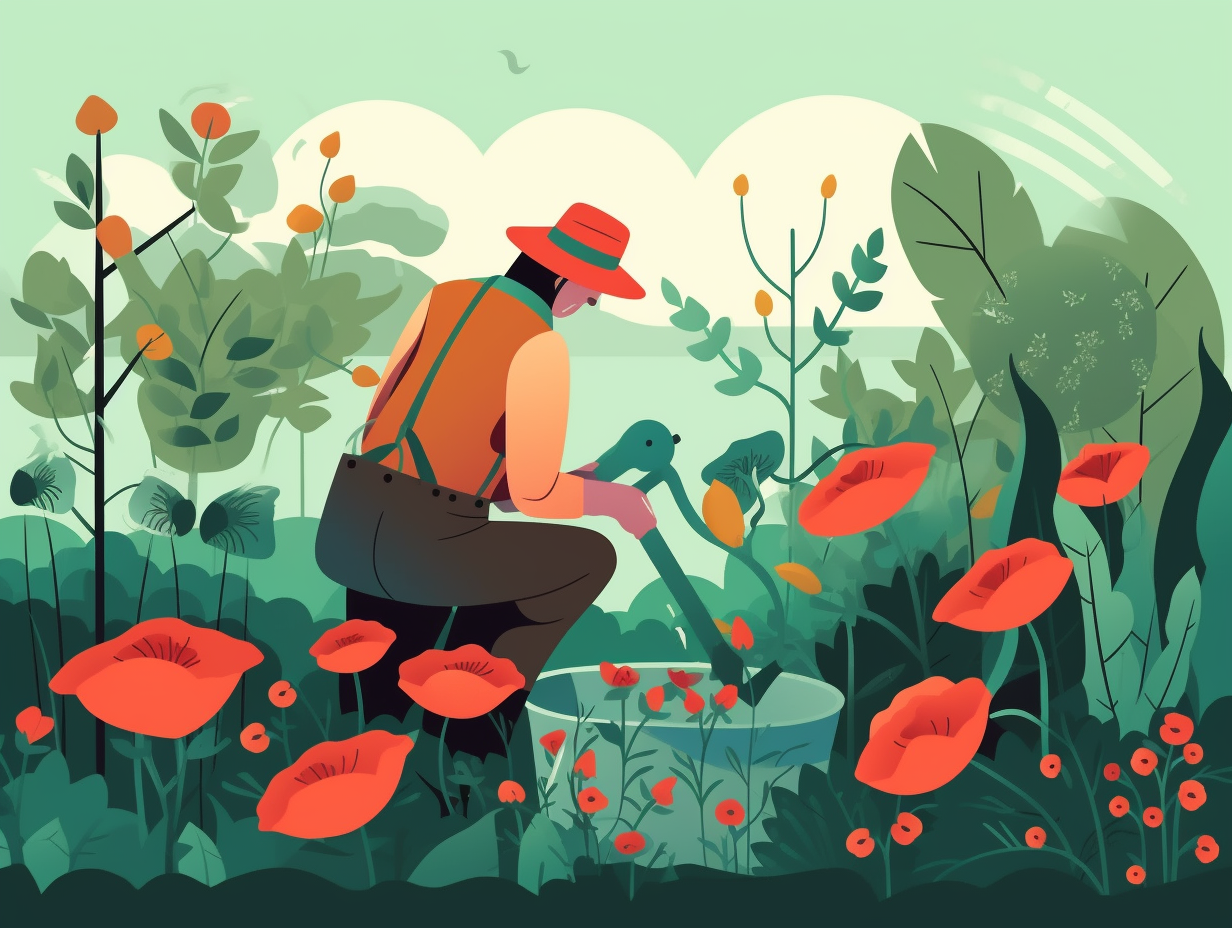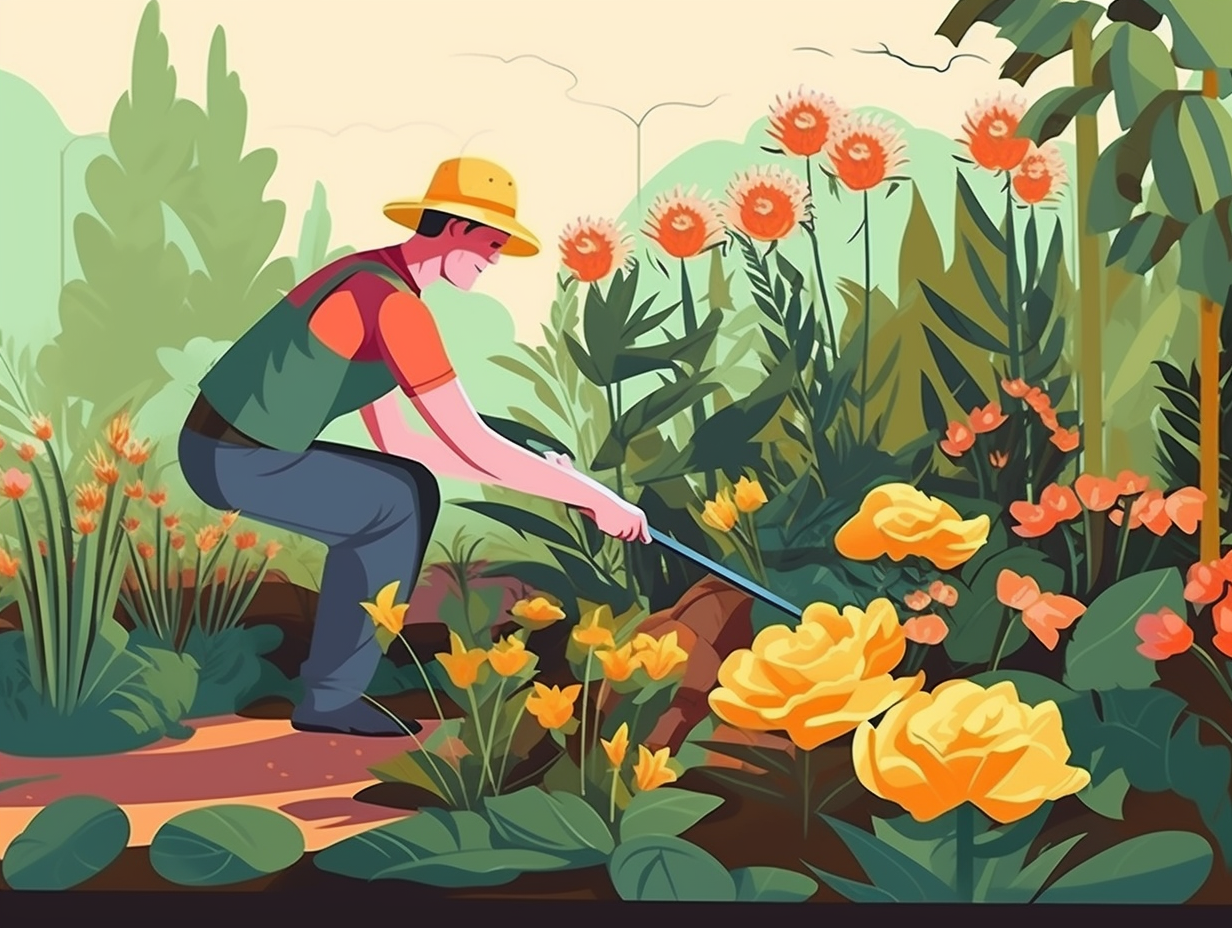Unearthing the Golden Nuggets: Top 13 Fascinating and Fun Facts About Corn

1. Mathematician Corn
What do meticulous mathematicians and corn have in common? They both favor uniformity and refuse to have odd-numbered rows at their dinner parties: In fact, an ear of corn boasts an impressive 800 kernels, perfectly organized into 16 even rows, with each kernel connected by a solitary silk strand for a precise and stylish appearance.
Source => foodreference.com
2. Code Talker Corn
Before we 'shuck and awe' you with this kernels of truth: During WWII, Native American Code Talkers from tribes such as Navajo, Comanche, Hopi, and Meskwaki cleverly used their own languages to create special codes, helping the US military win battles and honoring their heritage at the same time.
Source => americanindian.si.edu
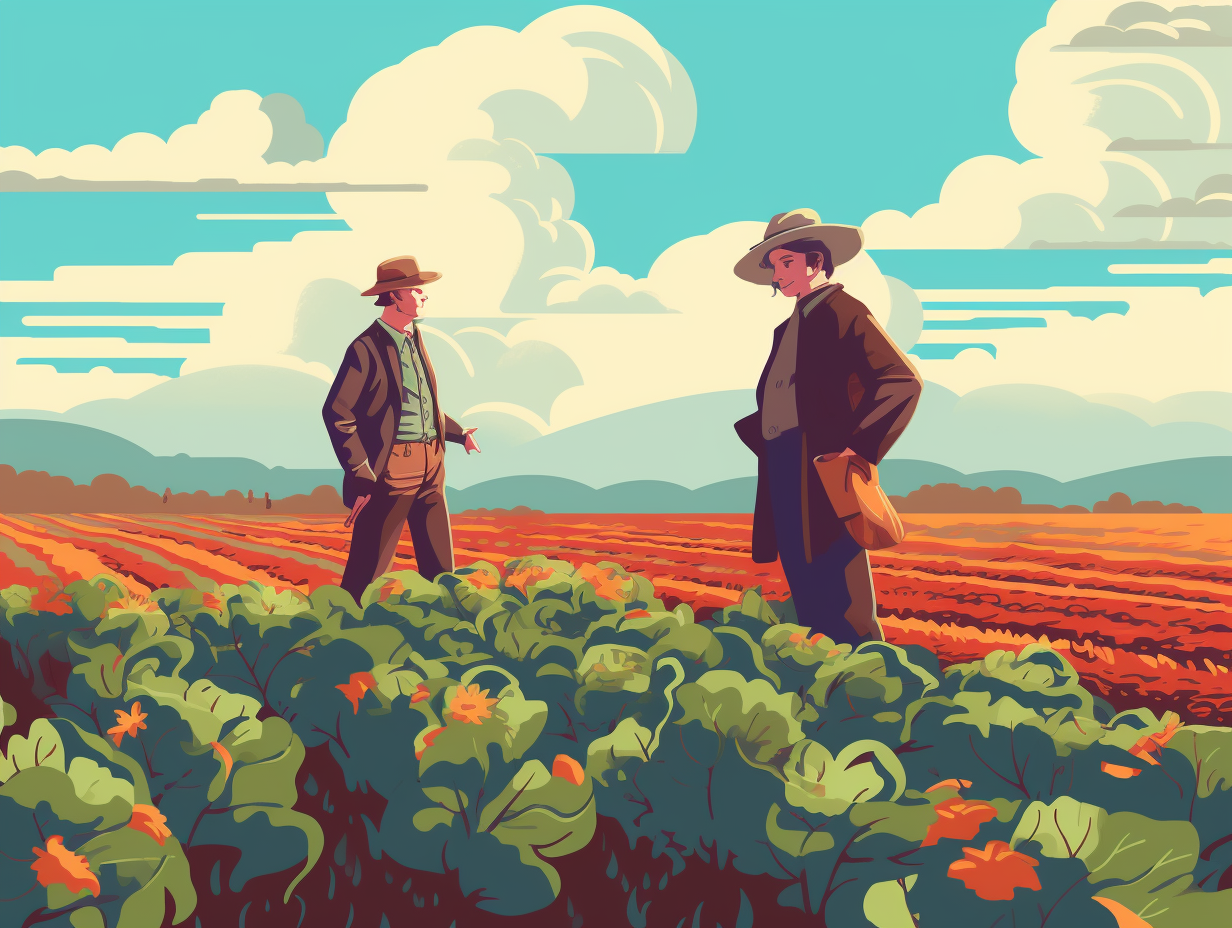
Did you know George Washington and Thomas Jefferson were not just founding fathers, but also pioneers in agriculture? Discover their unexpected passion for composting and its impact on early American farming! 🌱
=> Fun Facts about Agriculture
3. Corn Powerhouse
Hold onto your corn cob pipes and get ready for an a-maize-ing adventure through the wonderful world of corn: One bushel of wet milled corn has the astounding power to produce up to 33 pounds of sweeteners, 2.7 gallons of ethanol, and other exciting goodies like corn oil, corn gluten feed, and corn gluten meal! This clever little kernel truly knows how to keep the world spinning with its versatility in everything from paper products to aspirin, and even finding its way into our favorite alcoholic beverages (corn for the win!).
Source => iowacorn.org
4. Corn's Hidden Purpose
If you ever felt like you're all ears but no bite, corn understands: A majority of corn grown in the United States isn't meant for our taste buds, but instead, serves as animal feed, ethanol production, and industrial purposes. The sweet corn we munch on and the popcorn we watch movies with, only form a small percentage of the country's overall corn cultivation.
Source => nal.usda.gov

5. Corn-versations
Who says plants can't talk? When it comes to corn, they've got their own version of "neigh-borhood gossip": Studies by the Swedish University of Agricultural Sciences reveal that corn plants communicate through underground chemical signals, warning each other about potential competitors and preparing themselves for future stressors.
Source => independent.co.uk
6. Gene-ius Corn
Breaking kernels of truth: corn's own sugar daddy isn't just the Native Americans! In fact, sweet corn can evolve anywhere field corn is cultivated, thanks to a gene-based sugar protection program that prevents its sweetness from going AWOL and turning into starch.
Source => jstor.org
7. Heritage Corn Stars
Why did the scarecrow want to be a comedian? He wanted folks to "corn"-template his witty humor: Little did he know, the real stars were his cornfield buddies, with exciting flavors like Sweet Corn, Flour Corn, Popcorn, Field Corn, and Flint Corn, each boasting unique characteristics like varying sweetness or starchiness! These heritage varieties are less ear-resistible to the masses but hold a special place amongst home gardeners and history buffs, who appreciate the crop's cornucopia of taste and texture.
Source => thefruitforest.com
8. Popcorn Party
Feeling corn-fused? Don't worry, it's just the kernel of greatness within a humble corn ready to explode into your life with a pop: Americans chomp down on 16 billion quarts of popped popcorn every year, with Nebraska popping up as the number one producer of this snack, growing 300 million pounds of popcorn across 67,000 acres. That's a whole lotta kernels for every Tom, Dick, and Harry – or rather, 51 quarts per person!
Source => nebraskacorn.gov
9. Kernel Sanders' Legacy
Who knew Kernel Sanders could rival Colonel Sanders in the corn-versatility game: corn not only sneaks its way into over 4,000 items in your grocery aisles, from popular polenta parties to secretly sweet soirees with soda, but also moonlights as a key ingredient in non-edible applications like insecticides, crayons, and plastics.
Source => lhf.org
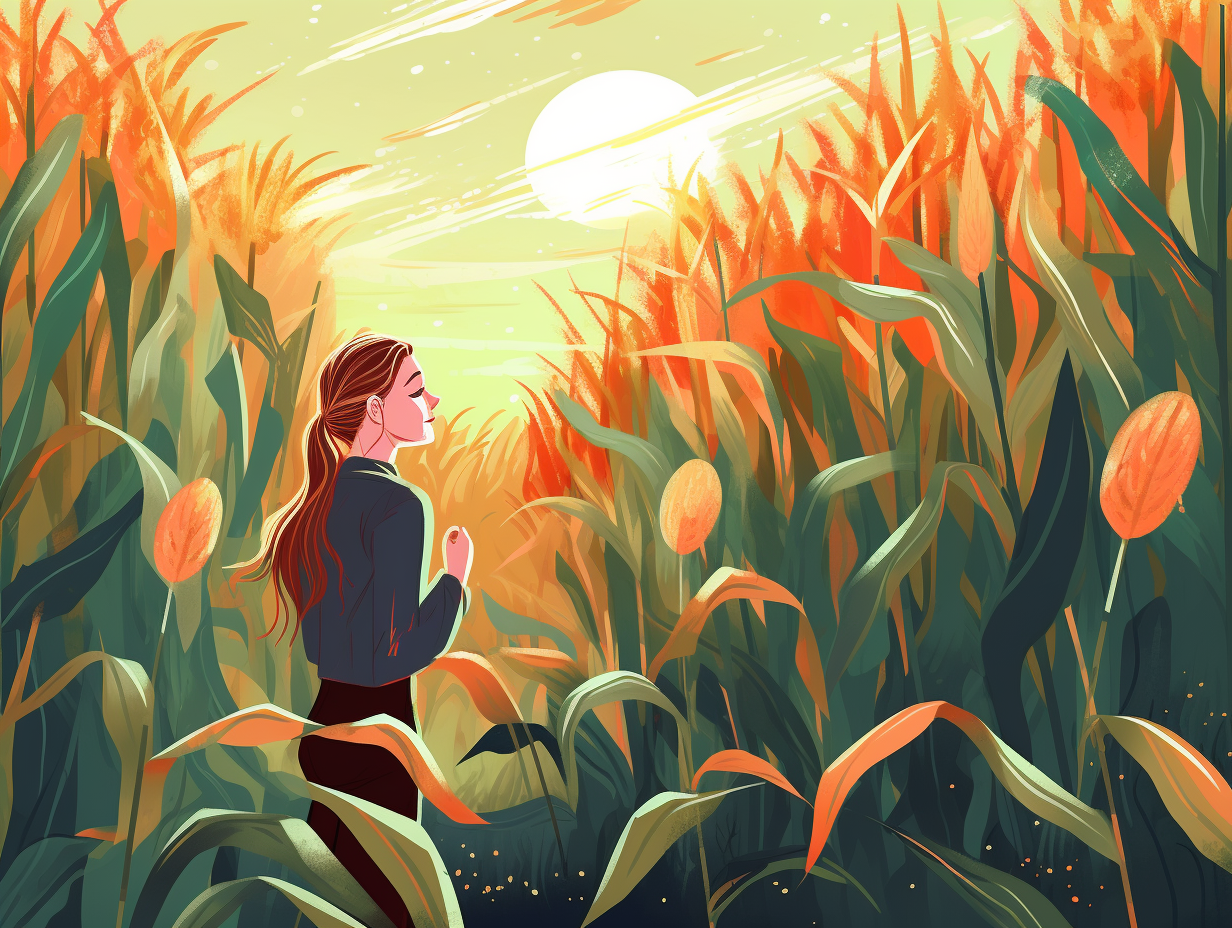
10. A-Maize-ing Love Story
When Maize met Teosinte: it was an a-maize-ing love affair that blossomed into a global phenomenon! You see, corn (Zea mays) is the ultimate New World rom-com hero – sprung from its wild ancestor teosinte (Zea mexicana) around 7000 years ago, yet with no wild modern equivalent flaunting those signature husked ears. Flourishing and versatile, corn took center stage in Mayan creation myths and rapidly claimed the title of a super-efficient cereal grain in converting water and carbon dioxide into carbs. Columbus, our main man, brought corn along for a Eurotrip after his first visit to the Americas, but it struggled to make an impression at Europe's box office (aka agriculture). Little did they know, back on the home turf, Native Americans continued to rave about corn, with over 100 plant and fruit uses, even hosting a blockbuster annual event: The Corn-Bean-Squash Companion-Planting Festival!
Source => fs.usda.gov
11. Grass Family Reunion
If grass species held a family reunion, it would be a greener-than-green, wild-and-crazy extravaganza with each one vying for the title of "Most Versatile Cousin": Behold the corn, belonging to one of the largest families of flowering plants with around 8,000-10,000 species, adapted to virtually every terrestrial habitat on earth – even flaunting its adaptability in dry and saline habitats like the Mediterranean, southeastern U.S., and southwestern Africa.
Source => ncbi.nlm.nih.gov
12. Corn Buffet
If the United States were an all-you-can-eat buffet, corn would be the main course, the side dish, and probably the dessert, too: Corn plays a starring role in a whopping 90% of all packaged foods in the country, lending its kernels to goodies like breakfast cereals, munchies, energy drinks, and even some meats, truly making it the ultimate multitasker of the food world.
Source => statista.com
13. Inbreeding Corn Families
When corns get married and settle down to have baby popcorn, they're sticklers for inbreeding to keep the family traditions alive: Through a process called inbreeding, pollen from the tassel of a single plant is used to fertilize the silk of the same plant, eventually leading to the creation of a hybrid popcorn seed with traits like strong stalks, vibrant colors, and an unbeatable popping performance. This takes a whopping eight years of family reunions before they're ready to be planted in the United States Corn Belt.
Source => popcorn.org


